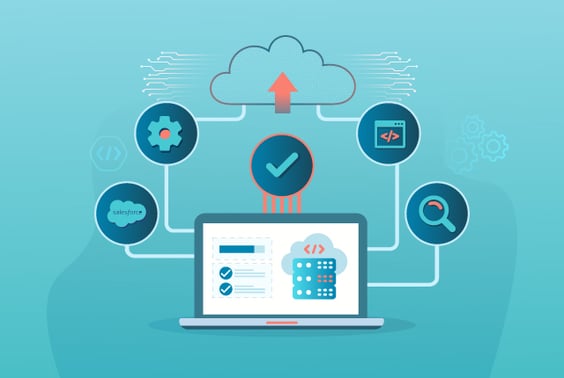
In 2024, the cloud computing landscape is poised for significant growth and transformation. Several key trends are expected to shape the industry in the coming year:
- Rise of Citizen Developers: Cloud computing makes coding more accessible with user-friendly no-code and low-code platforms. This empowers individuals in various roles to create applications, data dashboards, and campaigns without extensive coding skills, fostering innovation.
- AI/ML as a Service: Artificial intelligence and machine learning will be increasingly offered as services on the cloud. This allows businesses to harness AI capabilities without the high development costs, making AI more accessible and scalable.
- Automation Takes Center Stage: Automation will become prevalent, automating repetitive tasks such as software deployments and infrastructure provisioning. This shift frees up time for strategic planning and decision-making.
- Data Management Challenges: With a surge in data flow, cloud providers will be crucial in managing data effectively. Expect stricter data governance regulations to protect user privacy and ensure responsible data handling.
- Multi-Cloud Adoption and Data Security: Multi-cloud strategies will gain popularity for enhanced flexibility, but they will also present challenges in integrating and securing data across multiple cloud providers. Data security remains a top priority, with advanced encryption and authentication measures being deployed.
- Edge Computing for Real-Time Processing: The demand for fast data processing and reduced latency, especially for emerging technologies like augmented reality and self-driving cars, will drive the adoption of edge computing. This approach allows data processing closer to the source, enabling real-time applications.
- Focus on Recovery and Backup: Cloud computing will continue to be a critical component of disaster recovery and backup plans. Organizations will prioritize reliable cloud-based backups to protect against data loss and hardware failures.
- Open Source Collaboration: Open source platforms such as Docker and Kubernetes will continue to play a significant role in managing and deploying cloud-native applications. These technologies enable the cost-effective and efficient development and scaling of distributed applications.
These trends reflect the evolving landscape of cloud computing in 2024, offering opportunities for innovation, efficiency, and enhanced data management across various industries.


Post a Comment